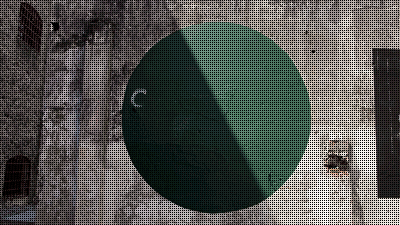Royal College of Art
School of Fine Art Research
Royal College of Art
School of Fine Art
20 Howie Street, London SW11 4A
www.rca.ac.uk
Situated within the Royal College of Art, one of the world's most influential universities of art and design, the School of Fine Art offers MPhil and PhD by project and thesis. Research degrees are aimed at emerging artists with an active artistic practice since graduation. It offers the opportunity to develop, realise and present a defined body of research within the context of contemporary critical discourses on art.
A range of distinct disciplines provides a foundation for a critical reflection on contemporary art and related fields. This includes Painting, Photography, Sculpture, Printmaking, Critical Spatial Practice, Moving Image and Performance. The Fine Art Research Programme (FARP) convenes weekly and brings together a vibrant community of artists and thinkers. Key areas of inquiry include: The Image and Language Research, Art and Social Change, Art and the Process of Making, Art and Knowledge Production, and a newly-established research cluster on Performance and its History between the School of Humanities and School of Fine Art along with various partners.
As a Fine Art research student you will be part of the School of Fine Art. You will also have access to all schools' facilities, shared events and courses as well as to other programmes by request. Each student follows their own programme of research developed in their proposal under the guidance of an assigned supervisor who will be a member of the regular Fine Art faculty. RCA research students are expected to produce a coherent and original body of work combining reflexive artistic practice with conceptual rigour.
Your research will be self-motivated and independent, enhanced by the following support:
regular tutorials with your supervisor
weekly FARP meetings and events during academic terms
weekly Research Methods Course throughout the first year of study along with all other RCA research students offering support in the development of a methodology and the opportunity to present research to art, design and humanities peers across the RCA
School of Fine Art public guest lectures from leading Fine Art practitioners and thinkers
access to academics and practitioners from across the disciplines of architecture, fashion, design, communication and humanities at the RCA
world-class facilities including editing and computing suites, a moving image studio, a full range of well equipped photography, printmaking and sculpture workshops, shared painting studio and—unique to the RCA—a foundry, all staffed by highly skilled technicians
training to access research resources across all museums, archives and libraries in London
financial assistance to support the attendance of conferences and for student-run research initiatives.
Upcoming FARP symposium "art, thinking, (non)philosophy" on February 28th. Guest speakers Ros Gray, Catherine Malabour, John Mallarky and Hito Steyerl will consider the question of division and non-division in the context of fine art research.
Video and Performance pioneer Joan Jonas, RCA Fine Art Leverhulme Trust Visiting Professor will be leading a FARP seminar on February 21st with Jonathan Lahey Dronsfield.
Recent visitors in the FARP research seminars include Alexander Garcia Duttman, Victor Burgin, Leslie Dick, Carol Mavor, Mary Kelly, Howard Caygill, Jean-Luc Nancy, Denise Riley, Esther Leslie, Adrian Rifkin, Nina Power, Michael Newman, Ahuvia Kahane and Briony Fer.
School of Fine Art
Dean: Professor Ute Meta Bauer
Head of Painting, Professor David Rayson
Head of Photography, Professor Olivier Richon
Head of Printmaking, Professor Jo Stockham
Head of Sculpture, Professor Apolonija Šušteršič
Fine Art Research Leader: Dr Patricia Lyons
Fine Art Senior Research Fellow: Professor Richard Wentworth
Research Tutors: Dr Margarita Gluzberg, Dr Ian Kiaer, Dr Yve Lomax, Dr Jasper-Joseph Lester, Dr Francette Pacteau, Tim O'Riley and Dr Michael Schwab
For further information on application, fees and available funding, please visit here and contact
fine-art-research@rca.ac.uk.
UK and EU applicants may be eligible to apply for AHRC scholarships.
UK, EU and overseas applicants may be eligible to apply for one of 10 new scholarships set up to mark the 175th anniversary of the RCA.







.jpg)








